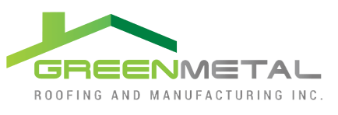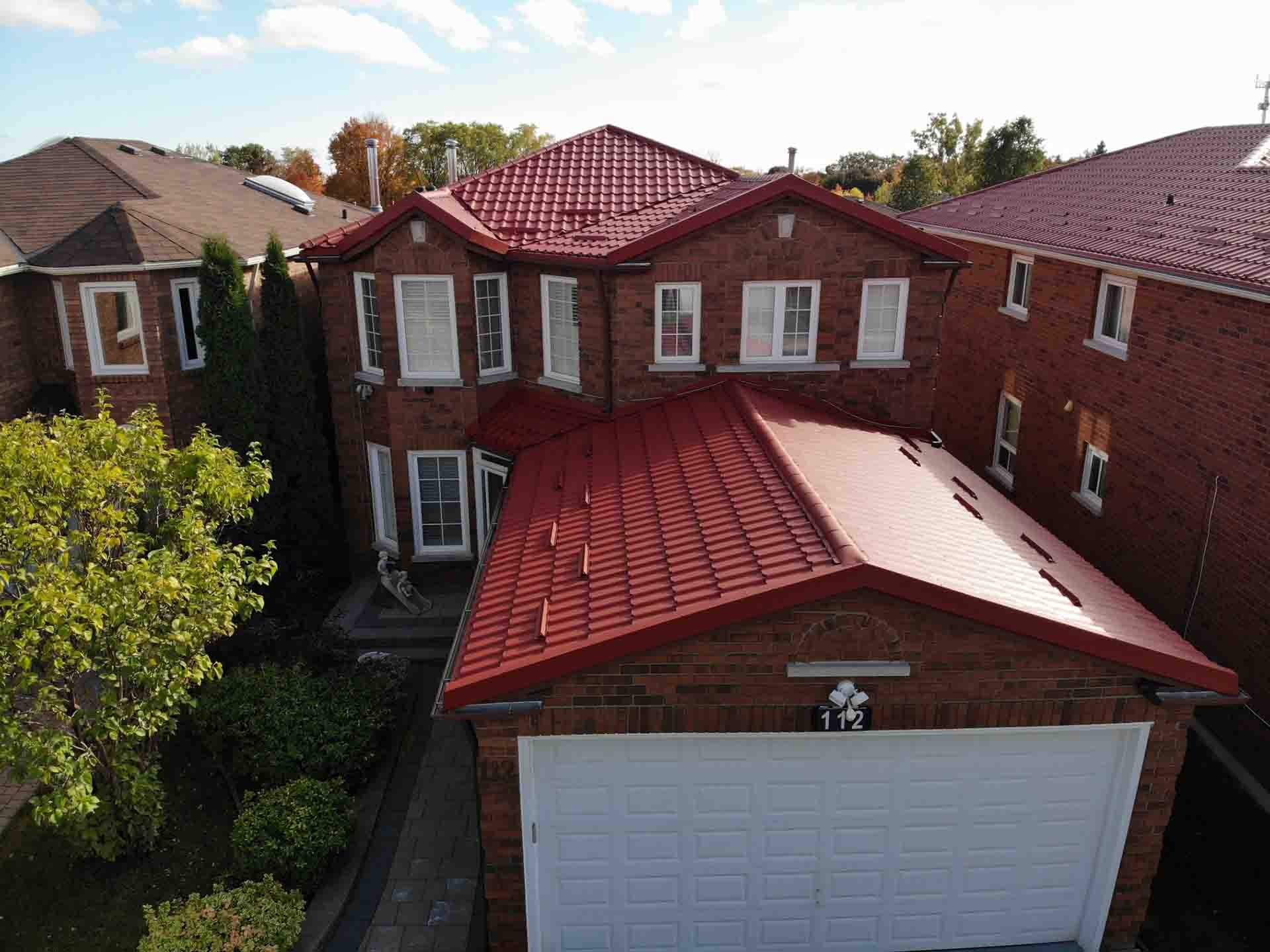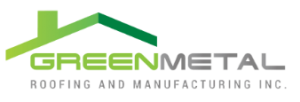No product in the world is flawless, regardless of how much it costs or how well it is cared for. You may be in the fortunate position of never having an issue with something you have purchased, or you could be experiencing one or more difficulties at any one time. It all depends on the situation. In regards to metal roofing, it is not an exception.
While there are elements that might influence difficulties with a metal roofing system, occasionally things happen that are beyond human control. This may not be the answer you are searching for, but metal roofing has fewer long-term difficulties than asphalt shingles or concrete tiles. Here are 5 common issues that could affect your metal roof.
1. Oil canning
Oil canning can be defined as the visible waviness in metal roofing and metal wall panels’ flat parts. Oil canning is technically characterized as elastic buckling, more commonly known as stress wrinkling. It may occur in any metal panel, including steel, aluminum, zinc, and copper.
To further clarify, oil canning is a natural feature of practically all metal roofs and walls. Consider oil canning to be over-stressed metal on a standing seam metal system that is unable to keep a flat shape, causing the metal to give way and generate apparent waves. Since it is difficult to describe and measure, oil canning is certainly one of the most talked about subjects regarding metal roofing.
There are a few instances that can cause oil canning such as over-production. Due to the amount of pressure during the coiling of the metal oil canning appears. Frequent stress from coil cutting and roll forming panels can lead to oil canning. It can also be caused by improper usage, handling, and storage by installers. To reduce the chances of oil canning from happening to your metal roof you can purchase a thicker metal or install the roof over a flat “in-place” roof deck. To avoid oil canning you can also choose a low-gloss or matte finish metal roofing to reduce reflectivity or use a rib roller profile to break up the amount of flat space on a panel. However, the greatest prevention of oil canning is choosing a highly skilled and experienced installer.
2. Leaking
One of the primary functions of a roof is to protect you and your belongings from the elements. A leak can harm other valuable objects in your home or property, which may lead to not only paying for a repair or roof replacement but the cost of the damaged objects as well. Metal roof leaks are a possibility and in some cases are totally beyond our control, while others are the result of human error.
Events out of our control that can cause a leaking roof are heavy or melting snow or ice damming, which is the constant freezing and thawing on the roof. Weather damage can be a driving issue such as strong winds and heavy rains.
There are some instances in which a leaky roof can be the result of an installation error. Failed flashing, which is the material added to prevent moisture from entering joints or additions on a roof, is not properly installed. These areas can be piping, chimneys, or valleys and in most cases when a standing seam metal roof has a leak, it is commonly found around these additions where flashing is installed. Another area that could be an issue causing leaking is at the seams. It is the side rib where two panels are connected together which could be formed incorrectly or seamed improperly by the installer. Along with seams, fasteners are an additional area that may have been installed incorrectly. They can either be too tight, too loose, or off-center and allow water to enter at open spots. Avoid the headaches of a leaking roof and choose and partner with a reputable contractor that is reputable and experienced with metal roofing.
3. Surfacing and scratching
Metal roofing, like anything with a paint system put to it, could be scratched or scuffed at any time during its lifespan. Most metal coil makers take special precautions to guarantee that the coil is not damaged during the slitting, recoiling, or transportation to the buyer. Furthermore, most contractors and installers handle coils and panels with caution during the rollforming and installation processes. However, there is always the potential that one or more of these parties will handle the metal incorrectly, resulting in surface-level damage. If you find a scratch or scuff on a metal panel, especially one that extends all the way down to the metal substrate, notify the manufacturer or contractor. The majority of scratches may be simply repaired using a touch-up pen or paint formulated to match the color of the roof. However, if there is a gouge that extends all the way down to the core of the steel, that metal panel or flashing should be replaced right away.
4. Corrosion
One of the major reasons why homeowners prefer metal roofing is because it resists corrosion and deterioration for decades, usually around 60 or years, making it the final roof they will ever need to buy. Manufacturers and contractors can effectively assist you in selecting a metal material that will best withstand corrosion in the climate in which your home or building is located. Most metal roofs have protective paint systems or coatings designed specifically to prevent corrosion, but there are some exceptions.
Underside corrosion
Corrosion may occur if the metal on the underside of the panel is not adequately covered. This happens when water particles become trapped beneath the panel between the insulation or underlayment, causing the metal to corrode if not covered. Underside corrosion may also occur if you use granulated underlayment or install it directly over a shingle roof, as this may damage the protective backside coating and cause the metal roof system to collapse from the inside out.
Saltwater corrosion
Due to the effect of seawater on metal, homes or structures near the seaside sometimes do not qualify for substrate or paint warranties. There are metals that function better in coastal regions, such as aluminum and zinc, but there is no assurance they will endure as long as a roof that is not exposed to seawater. Be careful to properly study and examine the warranty or product specifications to discover if you are in an area prone to early corrosion.
Cut Edges
On a steel roof, cut edges will undergo edge creep, which is little corrosion near the cut edge. Many elements on a standing seam metal roof include folds or hemmed edges that hide the metal’s cut edge. Edge creep can be reduced in appearance by employing lap flashing, hemming exposed edges when practicable, or putting a paint pen on apparent cut edges.
5. Chalking and fading
Chalking is the white residue that appears on a painted or coated metal surface as a result of the paint resin breaking down due to UV exposure. Fading occurs when the pigment of the paint applied to the metal substrate degrades from UV radiation, water, pollution, chemicals, and more, all resulting in a color shift. Uneven fading may also occur because each panel on a roof is not always equally exposed to light and other pollutants. Chalking and fading will occur regardless of where you live. However, the degree of chalking and fading is entirely dependent on the climate and elements to which the roof is exposed. Fortunately, most reputable manufacturers provide paint guarantees that cover chalking and fading that exceeds a particular measurement during a set time period, as stipulated in the warranty they provide.
Minimize metal roofing issues
The above-mentioned issues can cause a number of issues to your metal roof. There are situations that are out of your control and will warrant a repair, but in these situations, the best way to avoid problems is correctly installing the metal roofing from the start. Nevertheless, some contractors and installers are untrained or unqualified to install metal roofing, which is why it is critical to identify and finally choose the proper provider. To determine if a contractor can fulfill the highest requirements, check to see that they are licensed, insured, and in good standing. Look to see if they have proven experience installing metal roofing, those with a good reputation will be happy to show you their testimonials. You can also contact the metal manufacturer to ask if that contractor has any referrals in your area and if they come recommended. Experienced metal roofing contractors are also very helpful, responsive, and are able to answer any inquiries about metal roofing.


